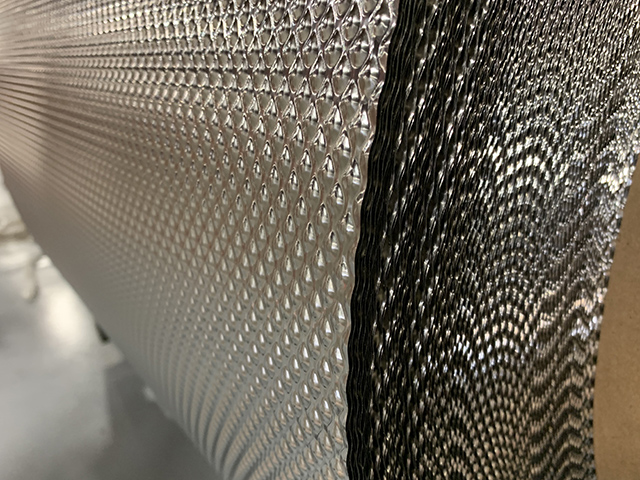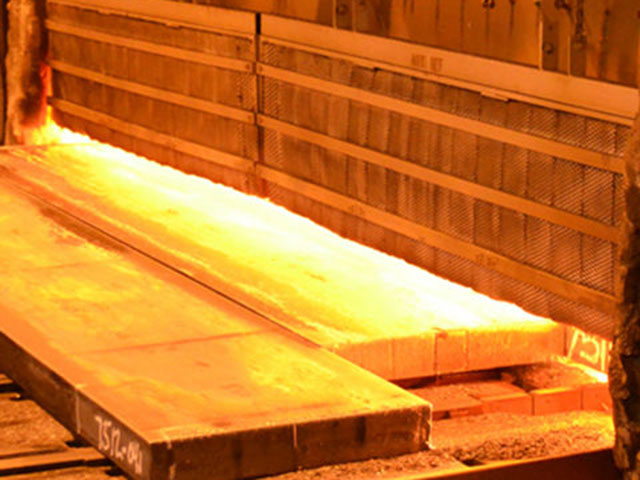Tools, dies, and parts are an expensive proposition these days. Why would anyone put such an investment at risk? But that’s exactly what they’re doing if they are not taking precautions during the heat-treating process. Stainless steel tool wrap provides a workaround to this problem. It provides the most affordable means of effectively surface-protecting these instruments.
How exactly does stainless steel tool wrap accomplish its heat-treatment safeguarding? It does so by eliminating the damage that occurs when oxide builds up (also known as decarburization) and when scaling occurs.
This is where steel tool wrapping provides peace of mind. That is because it is designed to ensure the steel surface of your product remains untouched during heat treatment. On top of that, better resistance to chromium carbide precipitation is a bonus. Two of the other perks that come from using stainless steel tool wrap are that scale and discoloration are minimized, meaning your parts and tools maintain their appearance.
Stainless steel tool wrap typically comes in two varieties: standard and high temperature rated. 304 alloy is used for the standard form while 309 alloy allows for a greater range of heat resistance, up to 2250 degrees Fahrenheit. Both options come in a full spectrum of widths.
Thanks to the material’s versatility, the industrial applications of stainless steel tool wrap are wide and varied. Manufacturers around the world entrust the protection of their plant tools and processing parts to the product. Tool and die makers, machinists, mold makers, and maintenance personnel are just a select sampling of the professional occupations that have a daily reliance on tool wrap to get their jobs done right.
Are there any alternatives to tool wrap? Sure, you could shell out big bucks on a controlled vacuum furnace. For obvious reasons, that option is not available to everyone who needs to safeguard their tolls and parts. But it’s not just money that makes tool wrap a more attractive option. Users of the material invest less time into the hardening process as well. That is because stainless steel tool wrap allows them to accomplish hardening on their own premises, without the need to send their tools, dies and parts out of house.
In fact, tool wrapping can be finished in just a few minutes by even the most novice tool wrapper. Following is a step-by-step procedural for the uninitiated.
- Begin by folding the sheet of stainless steel you’ll be using to wrap with in half.
- Next, form an envelope with the sheet by sealing it at its ends.
- Once sealed off, place the tool, die or part you want to wrap inside the envelope.
- Initiate heating.
With your part safely ensconced inside, you can commence heating without fear that its surface will be damaged. Indeed, you can rest easy knowing that an airtight seal is being formed against outside forces. Best of all, you’ll be achieving the same results you would from a controlled vacuum furnace at a much more affordable price point.





